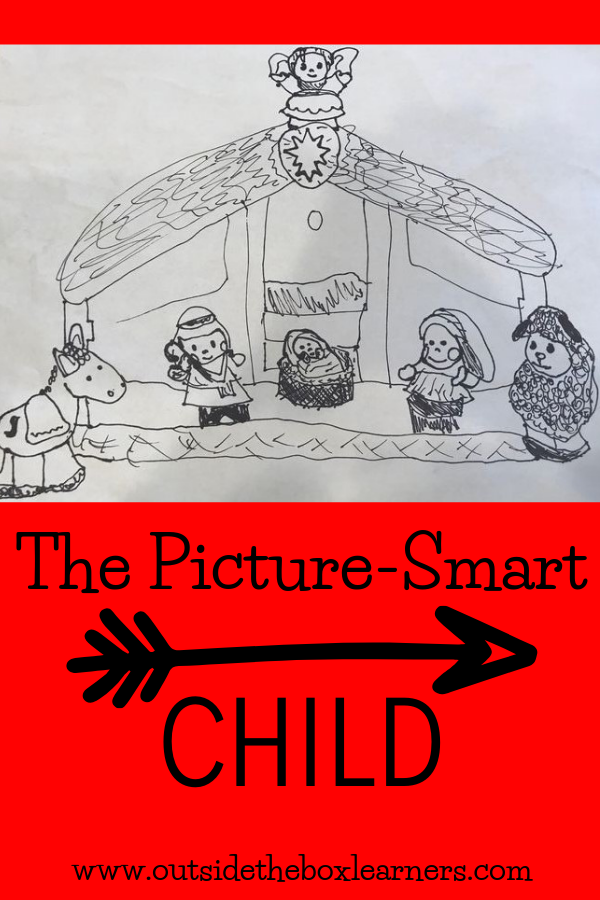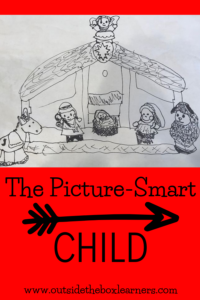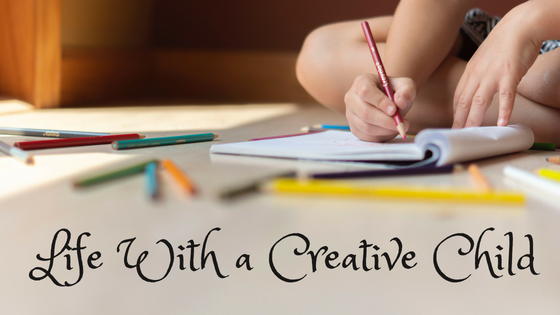This is the 4th post in the series I am doing on the Multiple Intelligences or 8 Great Smarts.
You can find the first three posts here: Nature-Smart Kid ,Word-Smart Kid and Logic-Smart Kid.
For an overview of ALL the multiple intelligences, make sure to check out this post: Multiple Intelligences: Discovering the Way Your Child is Smart.
It’s important to remember that the multiple intelligences are not meant to box people in. One can grow in any of the “smarts”, though some come much more naturally to any given person.
This blog post contains affiliate links and any purchases made through such links will result in a small commission for me (at no extra cost to you).
This post is all about the picture-smart kid.
What A Picture-Smart Kid Looks Like:
- Thinks in pictures.
- Appreciates the aesthetics and beauty of things.
- Is a creative child who needs time to create and draw.
- Observant.
- Can visualize things well.
- Likely artistic.
- May have a photographic memory.
- May not do well in school (especially if logic or word smart are one of their weaker “smarts”).
Possible Careers for a Picture-Smart Kid:
- Photographer
- Clothing Designer
- Illustrator
- Cartographer
- Architect
- Interior Designer
How You Can Nurture Picture-Smart Kids:
- Visit the art museum together.
- Go to craft shows together (if they’re into that!) My picture-smart girl LOVES craft shows because she appreciates the beauty in the hand-made items.
- After reading a Bible passage together, ask them, “What did you see?” rather than “What did you learn?”
- If they are Minecrafters or play other visual games on the computer/iPad, make sure to balance screen-time with non-screen-time. Be tech-wise. Picture-smart kids are usually the kids who LOVE Minecraft or other computer games that are very visual. And while that is helping nurture their picture-smarts there needs to be a balance.
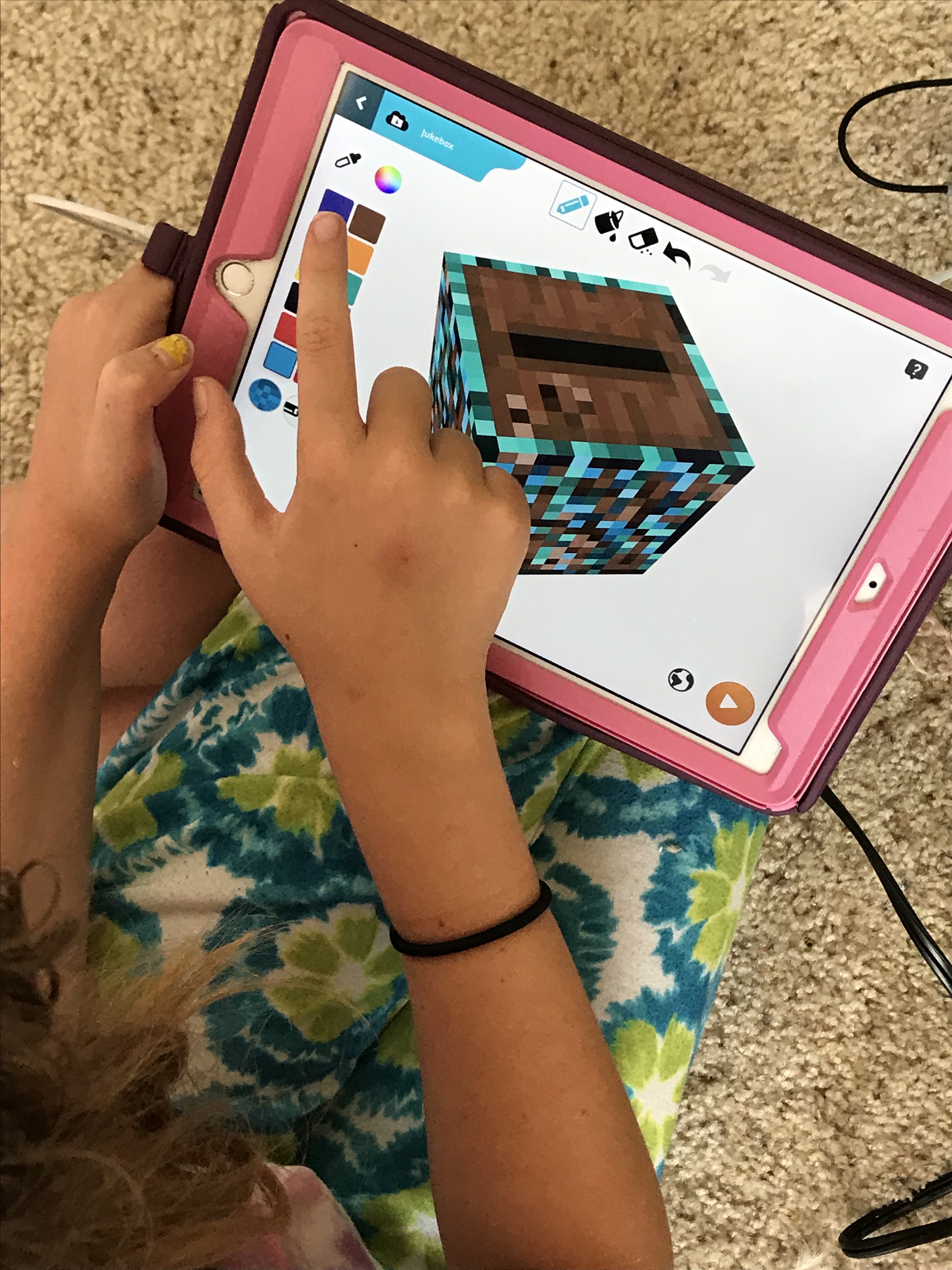
- Allow them to illustrate what they’ve learned, or what they know.
- Allow them to doodle or sketch while listening to read-alouds, lectures, sermons, etc. This can help them avoid learning fatigue.
- Show interest in their doodling. It may seem insignificant to you, but to them it is important. That doodling today could become the animating of movies of tomorrow.
- If you are a homeschooler, consider art courses from ChalkPastel.com that incorporate art into history, science and geography.
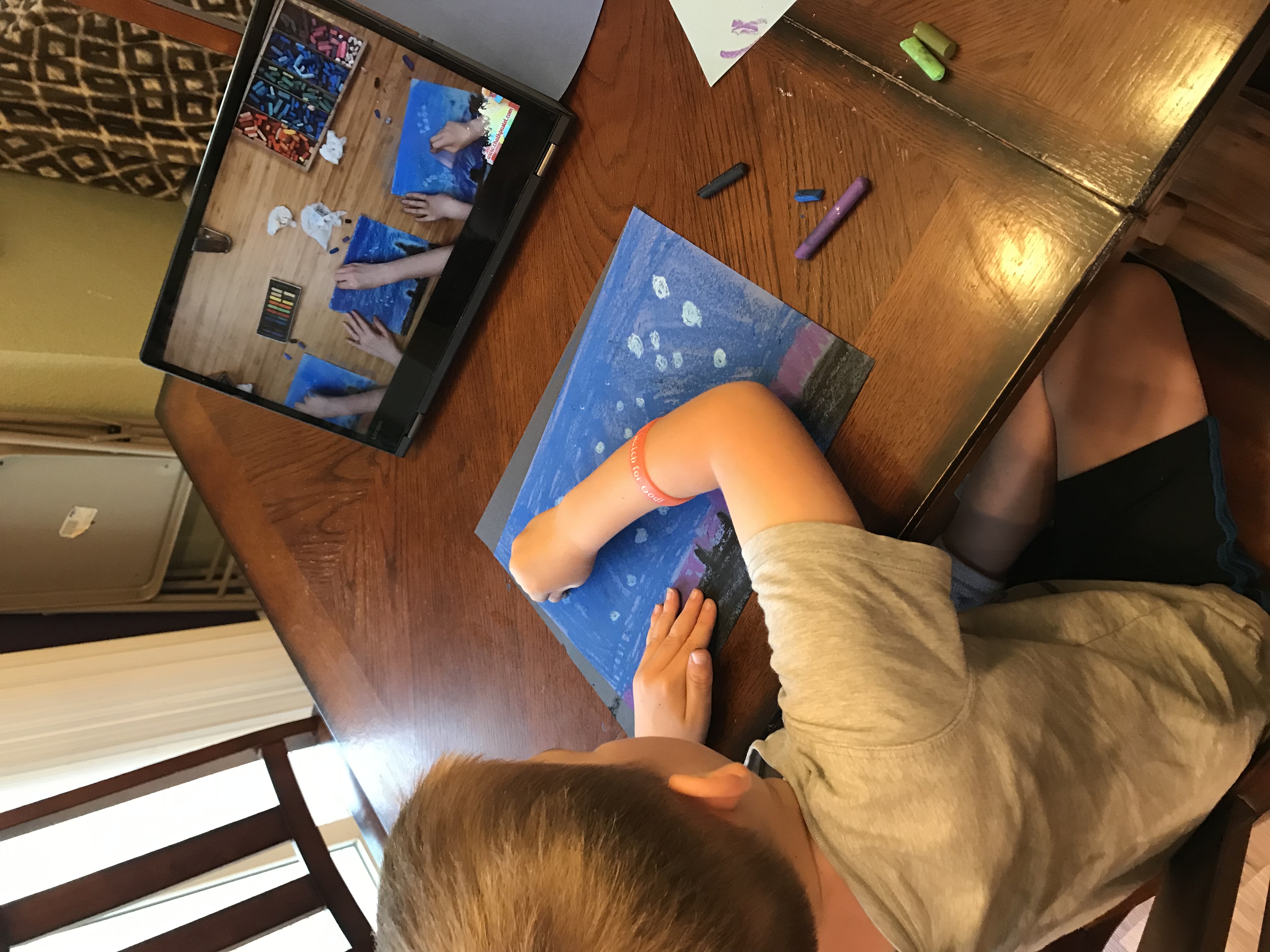
Our youngest doing a chalk pastel class on Space!
Ideas to help strengthen Picture-Smarts:
- Build things together (legos, magna-tiles, wedgits). Children are forced to practice visualizing while building.
- If they’re having a hard time imagining something, have them close their eyes and picture it.
- Read stories that have great illustrations and talk about the pictures together (Caldecott books are a great start!)
Games/Resources for Picture-Smart Kids:
Chalk Pastel classes with Nana (With newly added lessons to go with history cycles and lessons!)
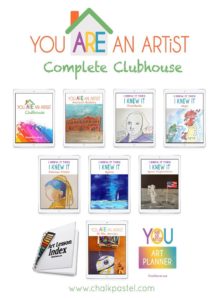 Picture-Smart Bible (Bible Curriculum specifically designed for Picture-Smart kiddos!)
Picture-Smart Bible (Bible Curriculum specifically designed for Picture-Smart kiddos!)

